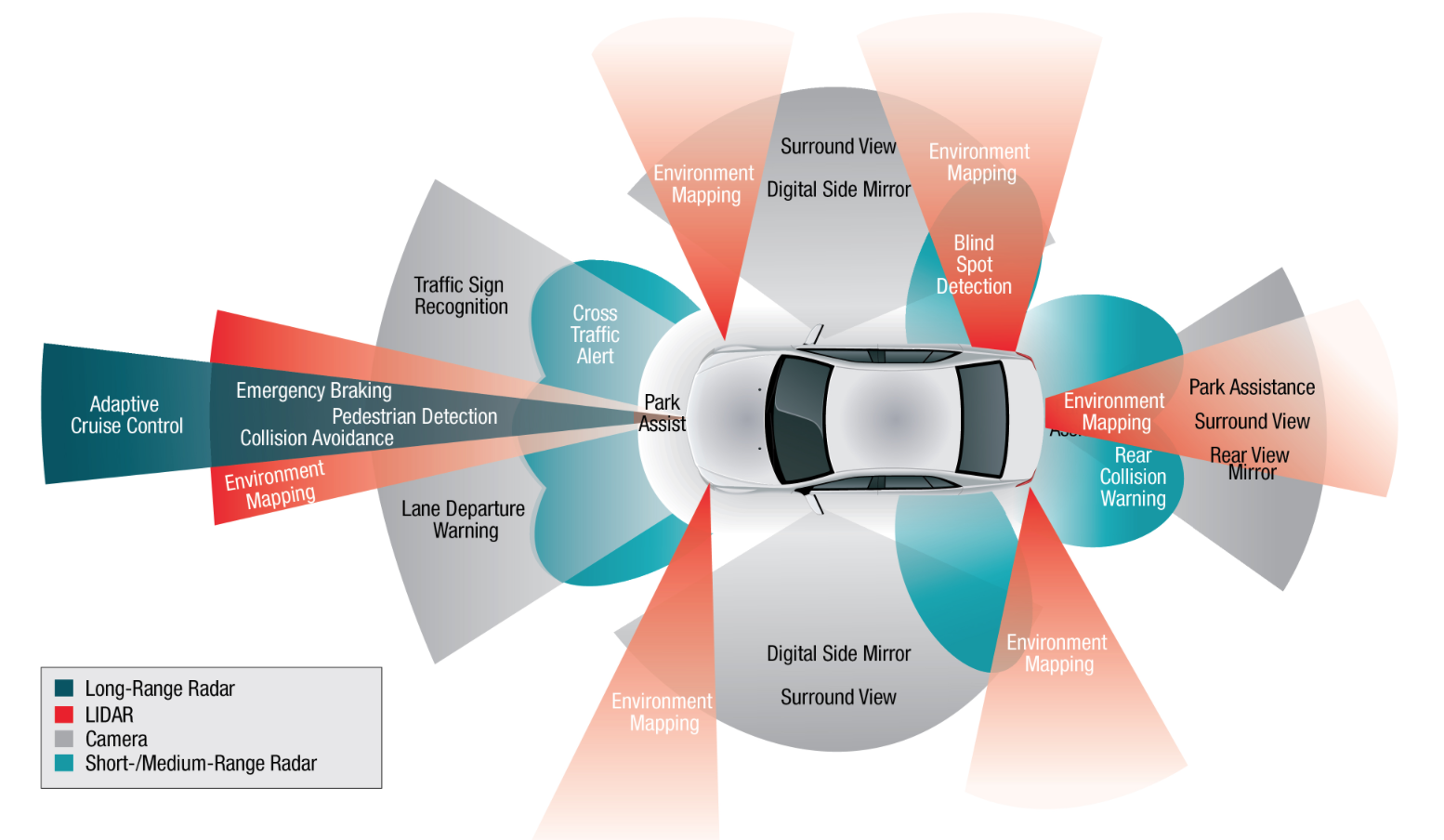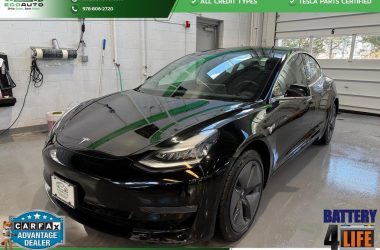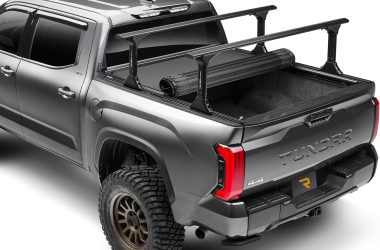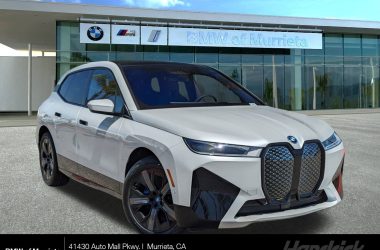Imagine giving your trusty old car a brain transplant. That’s essentially what autonomous vehicle retrofitting is all about. It’s not about swapping out the engine for a flashier one; it’s about integrating a complex suite of sensors, computers, and actuators that allow a vehicle to perceive its world and drive itself.
And honestly, the magic isn’t just in the software. It’s in the specialized, often overlooked hardware—the parts that bridge the gap between a human-driven past and an autonomous future. Let’s dive into what makes these components so critical.
The Core Sensor Suite: The Vehicle’s Eyes and Ears
For a retrofitted vehicle to navigate, it needs to see far more than a human ever could. This requires a fusion of different sensing technologies, each with its own superpower. You can’t just stick a webcam on the windshield and call it a day.
LiDAR (Light Detection and Ranging)
Think of LiDAR as a laser-based bat. It spins (or scans) and fires millions of laser pulses every second to create a precise, high-definition 3D map of the surroundings. This point cloud is the foundation for the vehicle’s spatial awareness. For retrofitting, solid-state LiDARs are a game-changer—they’re more compact, durable, and finally becoming affordable enough for this market.
Radar (Radio Detection and Ranging)
While LiDAR paints a picture of shape, radar is the stalwart for measuring speed and distance, especially in terrible weather. Fog, rain, snow—radar cuts through it. Retrofitting kits often include long-range radar for the front and short-range radars for the corners to handle adaptive cruise control and blind-spot monitoring.
Cameras: The Color Commentator
High-resolution, specialized automotive cameras are the eyes that understand context. They read road signs, interpret traffic light colors, and distinguish between a plastic bag drifting in the wind and a child running into the street. The key here is the calibration and the housing; they need to be resilient against vibration, temperature swings, and glare.
The Brain and The Nervous System
Sensors generate a firehose of data. The real challenge is making sense of it all, and that’s where the vehicle’s new brain and nervous system come into play.
The Onboard Computer (The AI Brain)
This isn’t your average laptop. We’re talking about a ruggedized, automotive-grade computer with immense processing power—often with multiple GPUs—to run complex neural networks in real-time. It fuses the LiDAR, radar, and camera data to form a single, coherent understanding of the world. It has to be tough, handling extreme temperatures and constant vibration without missing a beat.
Actuators and Control Units (The Hands and Feet)
Knowing a stop sign is ahead is useless if the car can’t physically stop. This is where specialized actuators and electronic control units (ECUs) enter the picture. These components interface with the vehicle’s existing drive-by-wire systems—or, in older vehicles, they physically control the steering, braking, and throttle.
It’s a delicate dance. A steering actuator must apply torque smoothly and precisely. A braking control module must be failsafe, capable of applying the brakes with the exact pressure needed for a gentle stop or an emergency maneuver. This is arguably the most safety-critical part of the entire retrofit.
Integration: The Invisible Art
Here’s the deal: you can have the best sensors and the most powerful computer, but if they aren’t seamlessly integrated into the vehicle, the project fails. This is where the real engineering magic happens.
Mounting brackets, for instance, sound trivial. But they are custom-designed for each vehicle model to ensure sensor alignment is perfect. A miscalibration of a fraction of a degree can throw off the car’s perception by meters down the road. Wiring harnesses, too, must be automotive-grade, shielded from interference, and routed safely away from heat and moving parts.
And then there’s power. All this tech is power-hungry. A robust power distribution system is non-negotiable, often requiring a secondary battery or a high-output alternator to prevent draining the vehicle’s primary battery. You don’t want your autonomous car to just… shut off.
Key Considerations Before You Retrofit
Jumping into a retrofit is exciting, but it’s a major undertaking. Here are a few pain points and considerations you simply can’t ignore.
| Consideration | Why It Matters |
| Vehicle Compatibility | Not every car has a drive-by-wire system that can be easily interfaced with. Modern vehicles are often better candidates. |
| Regulatory Approval | This is a massive hurdle. Retrofitted autonomous systems must meet stringent safety standards, which vary wildly by region. |
| Redundancy is Everything | Critical systems like braking and steering need backups. If one LiDAR fails, others must take over. There’s no room for single points of failure. |
| The Calibration Marathon | After installation, the system requires extensive calibration and validation on controlled tracks and in varied real-world conditions. |
And the cost? Well, it’s significant. While prices are falling, a full Level 4 retrofit for a commercial or industrial vehicle can still run into the hundreds of thousands. The ecosystem is still maturing, you know?
Beyond the Hype: The Real-World Impact
So, who is actually doing this? Right now, the most compelling applications aren’t for your personal sedan. The real action is in niche commercial fleets.
Think about autonomous farming equipment that can plow fields 24/7. Or last-mile delivery vehicles that navigate complex urban environments. Retrofitting allows companies to add autonomy to their existing, proven fleet assets, extending their life and functionality without the capital expense of buying brand-new, purpose-built autonomous vehicles.
It’s a pragmatic path to automation. A bridge, not a leap.
In the end, specialized parts for autonomous retrofitting are more than just bolts and silicon. They are the translators between two eras of transportation. They give a machine not just sight, but insight. Not just movement, but intention. The next time you see an older truck driving itself, you’ll know—it’s not the vehicle that’s old. It’s just the body. Its new senses, its new mind… they are already in the future.








